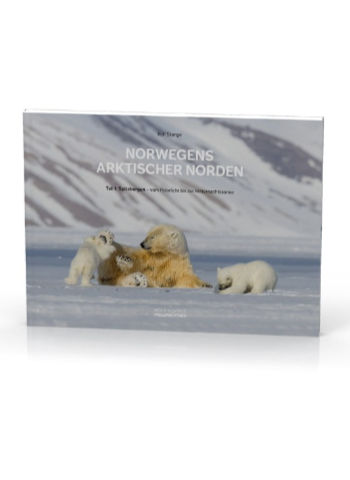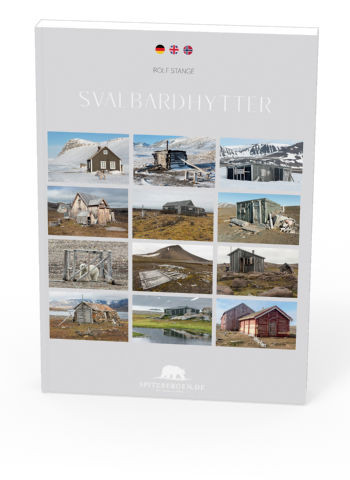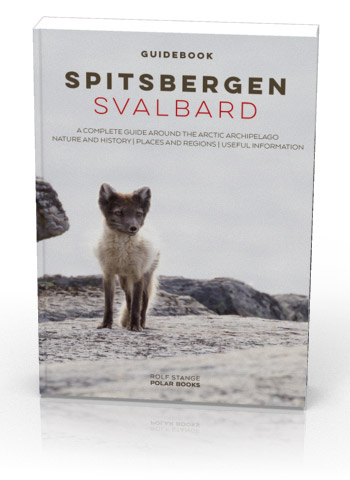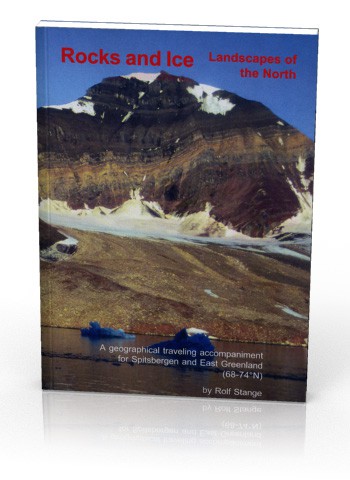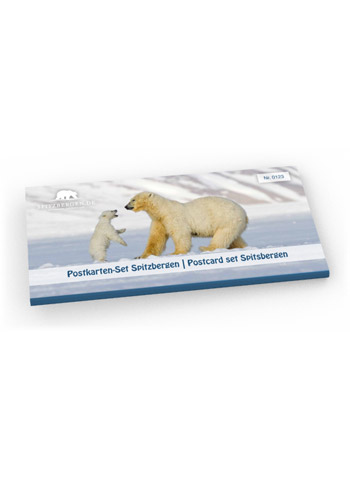-
current
recommendations- Liefdefjord
New page dedicated to one of Spitsbergen's most beautiful fjords. Background information and many photos.
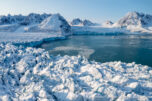
- New Spitsbergen guidebook
The new edition of my Spitsbergen guidebook is out and available now!
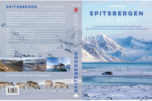
- Liefdefjord
New page dedicated to one of Spitsbergen's most beautiful fjords. Background information and many photos.
Page Structure
-
Spitsbergen-News
- Select Month
- April 2025
- March 2025
- February 2025
- January 2025
- December 2024
- November 2024
- October 2024
- September 2024
- August 2024
- July 2024
- June 2024
- May 2024
- April 2024
- March 2024
- February 2024
- January 2024
- December 2023
- November 2023
- October 2023
- September 2023
- August 2023
- July 2023
- June 2023
- May 2023
- April 2023
- March 2023
- February 2023
- January 2023
- December 2022
- November 2022
- October 2022
- September 2022
- August 2022
- July 2022
- June 2022
- May 2022
- April 2022
- March 2022
- February 2022
- January 2022
- December 2021
- November 2021
- October 2021
- September 2021
- August 2021
- July 2021
- June 2021
- May 2021
- April 2021
- March 2021
- February 2021
- January 2021
- December 2020
- November 2020
- October 2020
- September 2020
- August 2020
- July 2020
- June 2020
- May 2020
- April 2020
- March 2020
- February 2020
- January 2020
- December 2019
- November 2019
- October 2019
- September 2019
- August 2019
- July 2019
- June 2019
- May 2019
- April 2019
- March 2019
- February 2019
- January 2019
- December 2018
- November 2018
- October 2018
- September 2018
- August 2018
- July 2018
- June 2018
- May 2018
- April 2018
- March 2018
- February 2018
- January 2018
- December 2017
- November 2017
- October 2017
- September 2017
- August 2017
- July 2017
- June 2017
- May 2017
- April 2017
- March 2017
- February 2017
- January 2017
- December 2016
- November 2016
- October 2016
- September 2016
- August 2016
- July 2016
- June 2016
- May 2016
- April 2016
- March 2016
- February 2016
- January 2016
- December 2015
- November 2015
- October 2015
- September 2015
- August 2015
- July 2015
- June 2015
- May 2015
- April 2015
- March 2015
- February 2015
- January 2015
- December 2014
- November 2014
- October 2014
- September 2014
- August 2014
- July 2014
- June 2014
- May 2014
- April 2014
- March 2014
- February 2014
- January 2014
- December 2013
- November 2013
- October 2013
- September 2013
- August 2013
- July 2013
- June 2013
- May 2013
- April 2013
- March 2013
- February 2013
- January 2013
- December 2012
- November 2012
- October 2012
- September 2012
- August 2012
- July 2012
- June 2012
- May 2012
- April 2012
- March 2012
- February 2012
- January 2012
- December 2011
- November 2011
- October 2011
- September 2011
- August 2011
- May 2011
- April 2011
- March 2011
- February 2011
- January 2011
- December 2010
- November 2010
- September 2010
- August 2010
- July 2010
- June 2010
- May 2010
- April 2010
- March 2010
- February 2010
- November 2009
- October 2009
- August 2009
- July 2009
- June 2009
- May 2009
- April 2009
- March 2009
- February 2009
- January 2009
- December 2008
- November 2008
- October 2008
- August 2008
- July 2008
- June 2008
- May 2008
- April 2008
- March 2008
- February 2008
- April 2000
- Select Month
-
weather information

| Guidebook: Spitsbergen-Svalbard |
Home → * News and Stories → Dangerous encounter with a polar bear at Fredheim
Dangerous encounter with a polar bear at Fredheim
Last Monday (24 February) there was an encounter between a polar bear and a group of tourists near Fredheim in Tempelfjord. Details have now emerged in an article in Svalbardposten, making it clear that the incident was dramatic and that it was only by luck that no one was injured and the polar bear was not.
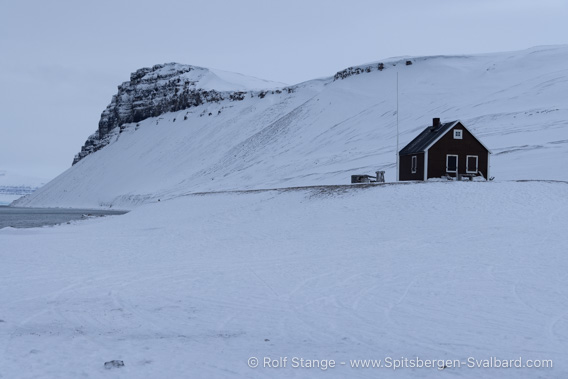
Fredheim two days after the dangerous encounter.
The group had been on a day trip by snowmobile from Longyearbyen and had reached Fredheim and were preparing to stop for a meal. According to one of the French tourists involved, the polar bear suddenly appeared within two or three metres of the group.
The details of what happened next are not public knowledge, but according to witnesses, one woman fell as she ran away, and shortly afterwards the bear had reached her and was standing with one paw on her back. However, it is said that the bear was not aggressive and did not try to attack the woman or anyone else. According to Svalbardposten, Frenchman Antoine Terrones described the polar bear’s behaviour as follows: “I did not perceive it as an attack, it was not as if the bear was hungry and determined. It seemed relaxed, raised its head as if it was sniffing, and walked slowly towards us.”
But then the bear picked up speed and started following the woman, who was soon on the ground with a bear’s paw on her back.
At this point, the guides fired with signal pistols and rifles to scare the bear away, which was successful. One guide was said to have been ready with a rifle to shoot the bear, but before that point came, the animal was driven away by a shot from a signal pistol. The bear then moved away from the group as more shots were fired.
There was another group of tourists nearby and their guides had prepared with signal pistols and rifles.
The whole incident happened in a matter of moments.
As soon as the immediate danger had passed, the group returned to Longyearbyen and informed the Sysselmester. All those directly involved then met with a crisis team to deal with the shock. According to eyewitness Terrones, some of the people involved were quite affected by what had happened, and the discussions with the crisis team were very helpful in dealing with the situation.

Fredheim with polar bear (the photo was taken years ago).
The use of a crisis team after a polar bear encounter where there were no injuries or worse to humans or animals is unusual and already suggested that the incident was dramatic.
Unfortunately, not enough is known about the exact course of events to really understand what happened and how the polar bear was able to get so close to the group unnoticed. According to eyewitnesses, one of the guides had gone out to check the area for polar bears. In general, the behaviour of everyone involved in the incident was praised and described as impeccable, according to others who have received first-hand reports just minutes before the incident. Svalbardposten quotes Frenchman Terrones as saying: “When the bear came, the guides reacted quickly and correctly. I think they saved our lives. I have nothing negative to say about their reaction. They did everything they could in a difficult situation.”
The bear can actually be seen in a photograph taken before it appeared, although it was not discovered until later. When the photo was taken, the bear was on the shore of Tempelfjord, about two or three kilometres northeast of Fredheim.
Commentary
So much for the information actually known in public. Beyond that, it would be interesting to know exactly how many people were there in total, how many guides were there and, most importantly, where exactly the people involved were at the time in question. To be clear, this is not about pointing fingers, it is about trying to understand how a polar bear could get within a few metres of a group of people unnoticed. But without really accurate information, we can only speculate.
Speculation is never good, but not thinking at all is even worse. So here is a bit of speculation.
We know that the bear was on the shore north-east of Fredheim before the incident. We also know that the group in question were preparing their lunch at the Fredheim huts when the bear suddenly appeared next to them.
The Fredheim huts are situated on a terrace a few metres higher than the nearby shore. The slope leading down from the terrace to the shore can only be seen if you are standing close to it; if you stand a little further away, there is a blind spot. It is reasonable to assume that the bear was walking in this area when it approached unnoticed. This is also an obvious assumption as this is exactly the route along the shore that bears often take.
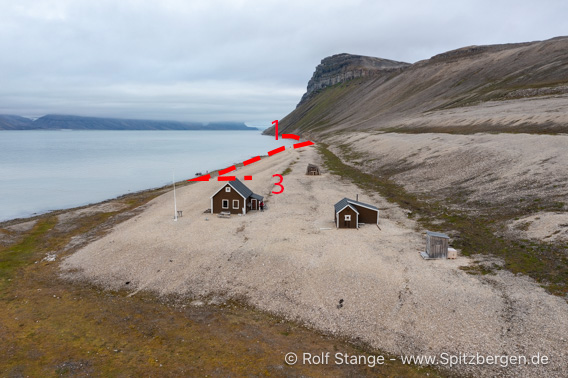
Overview picture of Fredheim and surrounding area with possible positions to illustrate the assumed sequence of events. The bear was approximately at position 1 when it was photographed but not seen (it was only discovered later in the photo). If the bear was following approximately the dotted route, this could explain why it was not seen when – if – the group was at position 3. All positions are assumed, especially position 3 is only assumed based on the existing description and knowledge of the terrain and the usual (but not the concrete) procedures on site.
Assuming that this was the case (which is not a certainty), the important takeaway would be to bear in mind that safety always depends on the areas of terrain that you can not see. It is not enough that there are no bears where you can see them if they were there. The question is what is there where the terrain obscures the view.
Constant vigilance and ‘what-if’ thinking, especially in relation to areas of terrain that cannot be seen, are and will remain key aspects of staying as safe as possible in polar bear country.
The fact that the polar bear was visible in a photograph taken prior to the incident, but was not recognised, is a point that may give pause to those involved.
These points should be taken into consideration, especially if you are one of those responsible for others in the Arctic. But not only that, because it is always the attention of all those present that can, should and must contribute to avoiding dangerous situations.
One final comment: If it were the case – and this is the impression given by the descriptions available – that a woman was lying on the ground, the polar bear was standing right next to her or even more or less on top of her, and a guide was standing a few metres away with a rifle, ready to shoot to kill, but did not do so, for example in order not to endanger people in the confused situation with shots and/or to protect the polar bear, as long as shooting was not absolutely necessary: hats off, you have to have the nerves to act like that!
BOOKS, CALENDAR, POSTCARDS AND MORE
This and other publishing products of the Spitsbergen publishing house in the Spitsbergen-Shop.
last modification: 2025-03-04 ·
copyright: Rolf Stange
